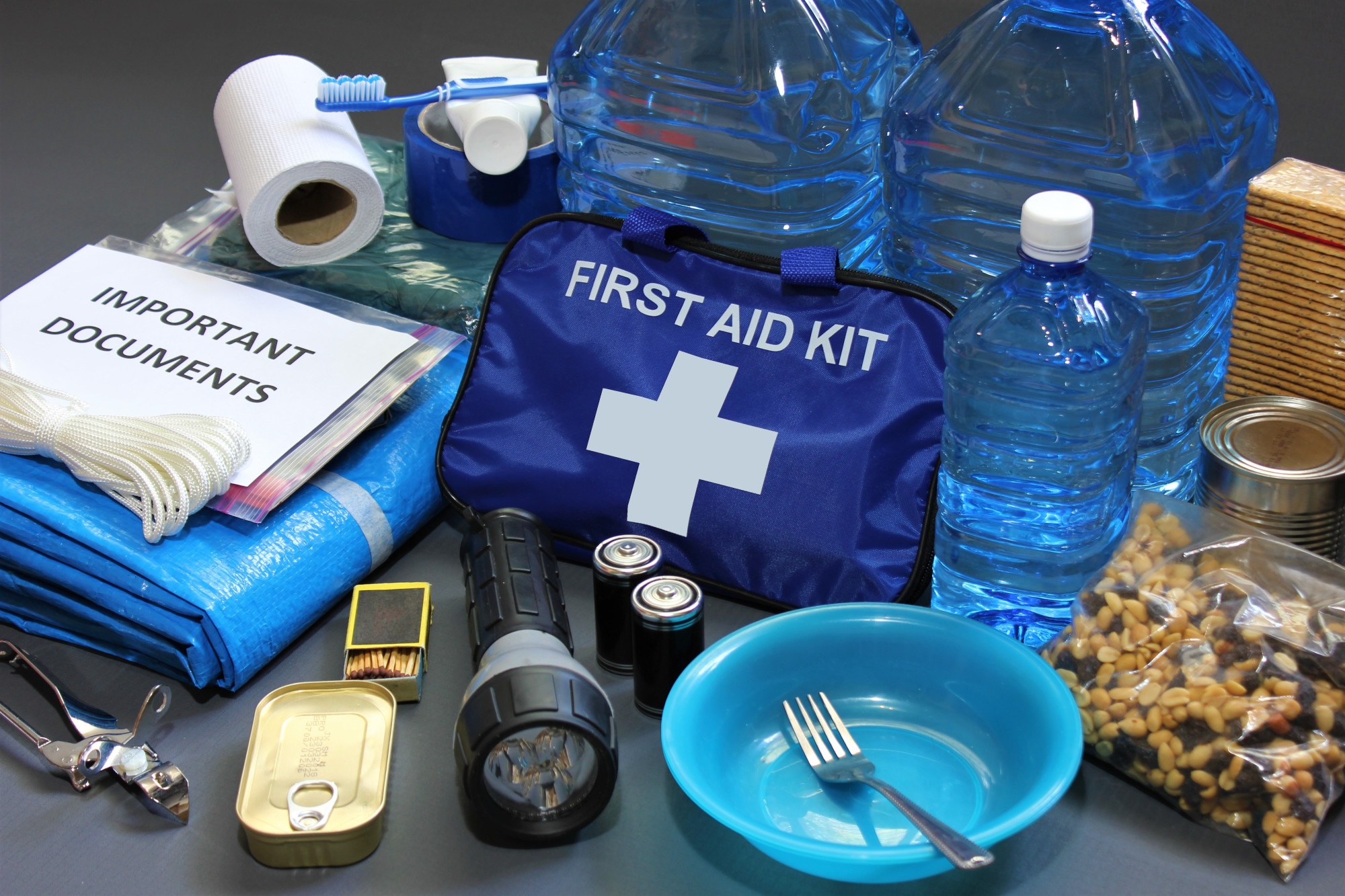Every year, natural disasters can leave thousands of people trapped at home without electricity or force them to evacuate with no warning.
If this were to happen to your family, would you have enough supplies to survive? How about the presence of mind to pack everything you needed to get by for a few days? It’s unlikely. In emergency situations, panic can soon set in, overriding our ability to make logical decisions.
This is why it’s so important to have a family emergency kit at home. But how do you organize a kit like this? Keep reading to find out!
Choose a Storage Location
If you have a basement, this is often the best place to store your family emergency kit items as it is likely where you’ll gather if you’re trapped at home. That said, you’ll also need to plan ahead in case of flooding. Keeping a secondary family emergency evacuation kit in your pantry, garage, or attic may prove to be a life-saver if your basement becomes inaccessible.
Consider Transportation
Gallons of water and canned foods are essential for survival, but how will you get your supplies out of the house if you have to evacuate? When you prepare a family emergency evacuation kit, pack it as you would pack for a trip. Store heavy items in wheeled suitcases and lighter items in holdalls and backpacks for easy transportation or loading up your car.
Double Up
Double up by including lighter versions of heavy items like water. A half-gallon bottle will be much easier to take with you in an evacuation situation than a 2-gallon box. The same goes for food, shoes, and anything else you might want to pack. A family of 5 emergency kit can soon get heavy if you don’t stock up on lighter versions of bulky items.
Emergency Kit Essentials
Now you have an idea of how to organize your family emergency kit items, what should you include? While families with pets or small children will need extra supplies, the essentials are:
- Water – at least one gallon per person per day, with enough for three days minimum
- Food – canned foods you can eat without cooking (e.g. beans, tuna, corn) peanut butter, energy bars, nuts, crackers
- Family emergency first aid kit – prescription meds, band-aids, gauze, medical tape, ibuprofen, and scissors
- Sanitary products – wet wipes, toothbrushes, tampons/pads, hand soap, hand sanitizer, toilet paper
- Flashlight/Headlamp
- Multi-phone charger
- List of important phone numbers
- Blanket/Sleeping bag
- Change of clothes
- Map of the local area
- Cash in small bills
Make sure to check your emergency kit at regular intervals and replace anything that expires soon. And, if there is news of an approaching natural disaster, review your supplies and see if there are any seasonal items – such as extra blankets in winter – you might want to add.
Organizing Your Family Emergency Kit
We all hope that we never have to use our family emergency kit. But if anything should happen, your survival might depend on a well-prepared kit. And, now you know exactly how to organize yours, there’s no excuse for not being prepared.
For more advice on everything from parenting to travel, be sure to check out our other blog posts.



